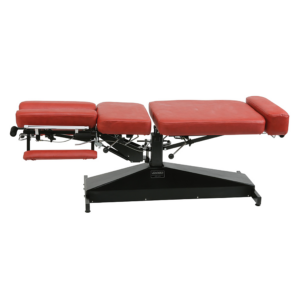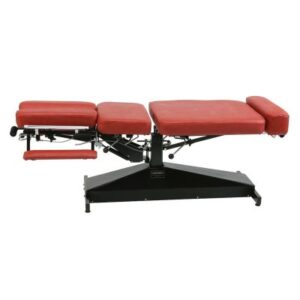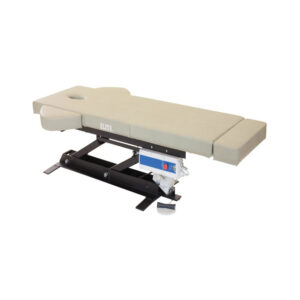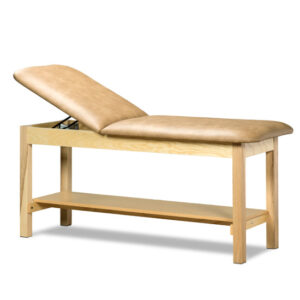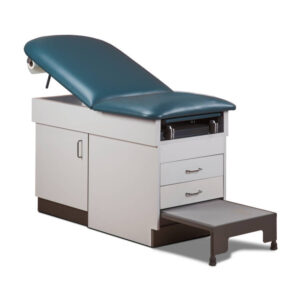Exam Tables
Frequently Asked Questions
What purpose does an exam table serve in a physical therapy setting?
The utilization of a medical exam table is pivotal in physical therapy practices, serving as a crucial and indispensable piece of equipment. Functioning to ensure both comfort and safety for patients, it plays a pivotal role in the assessment and diagnostic processes. Beyond enhancing accessibility for both practitioner and patient, these tables act as a safeguard, protecting practitioners from potential strains associated with close-contact medical services. In essence, exam tables serve as invaluable tools for physical therapy professionals, enhancing their capability to assess, diagnose, treat, and monitor the health of their patients effectively.
What weight capacity can a standard treatment table withstand?
Exam tables and therapy treatment tables are engineered with robust reinforced steel frames, boasting a weight-bearing capacity of approximately 450-500 pounds. The majority of these tables undergo rigorous testing, with a maximum weight limit typically set at 500 pounds, depending on the specific model. To ensure safety and prolong the life of these tables, careful monitoring of weight distribution is imperative, particularly during routine medical exams or physical therapy sessions. Adhering to the manufacturer’s recommended weight limits becomes paramount in maximizing the longevity and preserving the structural integrity of exam and treatment tables.
Do treatment tables offer adjustability?
Within both medical and physical therapy practices, treatment tables play a pivotal role by providing a secure and comfortable platform for doctors and therapists to interact with patients. The adjustability of these tables often proves to be a decisive factor when selecting the appropriate table for an office setting. While standard exam tables typically have a fixed height, certain treatment tables, specifically those used in physical therapy, come equipped with height-adjustable bases and may even have the capability to tilt up or down according to specific requirements. This adaptability ensures that patients experience a sense of safety and comfort during examinations, while practitioners gain easier access to challenging areas of the body.
What materials are used in the construction of exam tables?
Exam tables stand as indispensable components in chiropractic and physical therapy practices, crafted from materials that balance durability with patient comfort. Chiropractic exam tables commonly feature medical-grade vinyl, providing robust support for patients while lying down. Adjustable headpieces cater to individual patient preferences, and side panels contribute to added stability and flexibility. Treatment tables, on the other hand, often have wood bases, with or without shelves and drawers, or are constructed with height-adjustable steel. Both chiropractic exam tables and physical therapy treatment tables prioritize comfort and durability, incorporating features such as diverse fabric and padding options for enhanced cushioning. Height-adjustable components further underscore the commitment to providing optimal care by ensuring better patient access during procedures.

